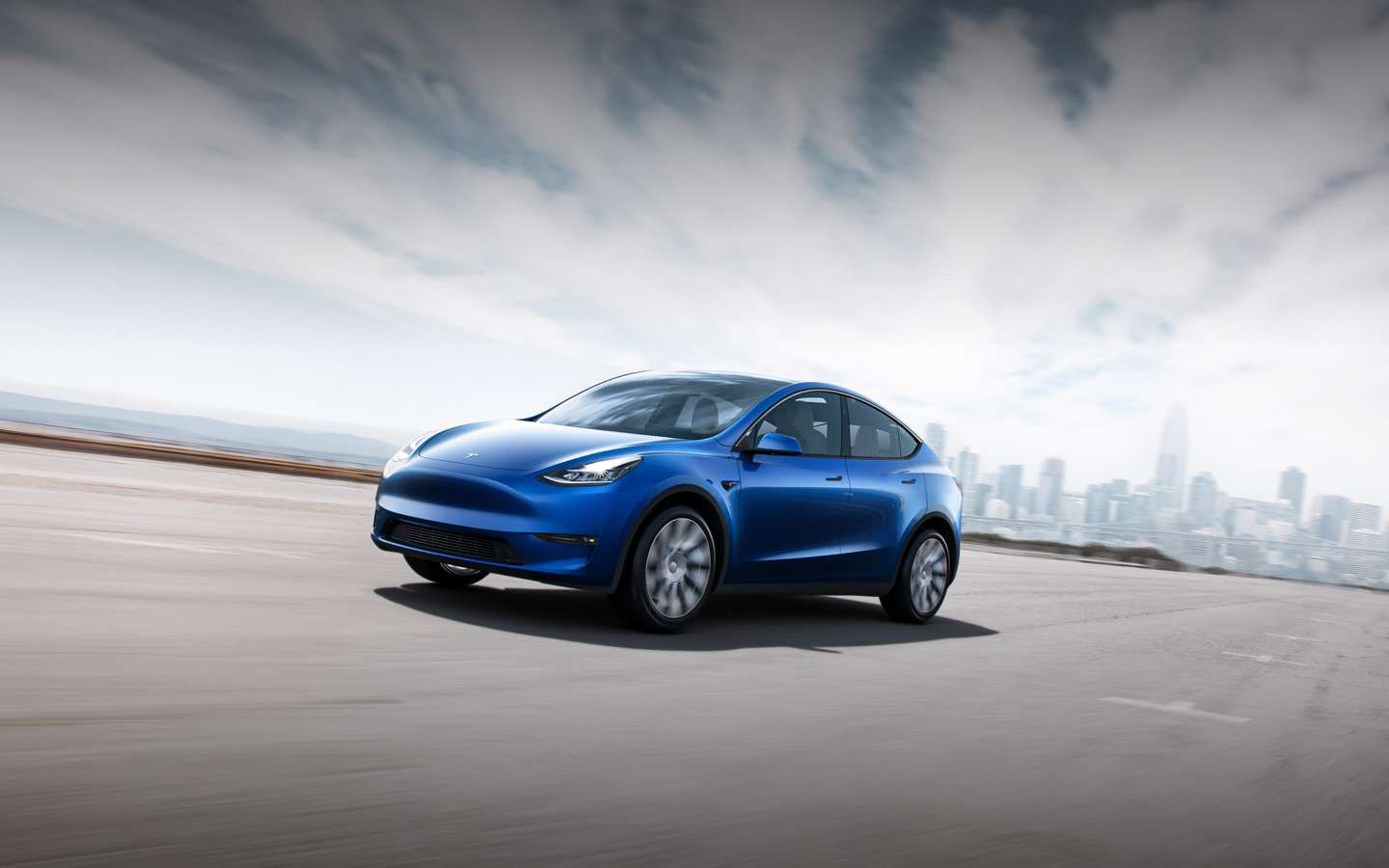
The automotive world has come a long way in the century or so that we've been living with motorized vehicles, and these days, there's a bigger spotlight on safety than ever before. Despite this, there are still crashes on our roads every day, from morons in limited-edition hypercars to cars like the Tesla Model Y being blamed for user error while using the Autopilot system.
While advanced safety systems help a lot, there's an alarming rise in crashes that the most advanced cars can't do much about: drivers going the wrong way. According to a new study by AAA, approximately 500 fatalities per year are caused by drivers operating their vehicles on the wrong side of the road.
The study's figures looked at the data between 2015 and 2018, and says that these fatality figures represent an increase of 34 percent compared to the five years prior. Worryingly, this trend is expected to continue if nothing is done about it. So why are such crashes happening so often?
AAA says that it found three significant factors: alcohol impairment, older age, and driving without a passenger. AAA found that the first factor is "the single most important factor in the majority of wrong-way driving crashes" while drivers above the age of 70 are also measurably more likely to be involved in these accidents, as are those who are driving alone.
AAA says that "a passenger's presence may offer some protection against being a wrong-way driver, as nearly 87% of wrong-way drivers were alone. Passengers may alert drivers that they are entering a one-way road, preventing them from entering the highway in the wrong direction, or alerting them to their error, helping the driver take corrective action before a crash occurs." Of course, there are other factors at play too, including mental and physical health, joyriding, or trying to evade police, but regardless of the cause, this is a seriously alarming statistic.
AAA says that awareness and intervention need to be enhanced, but the biggest way to get ahead of this problem is to prevent drinkers from driving with ignition interlock devices that won't allow you to start the car when impaired. High-visibility enforcement operations can also help, while you can do your part in minimizing these crashes by remaining alert at all times.
